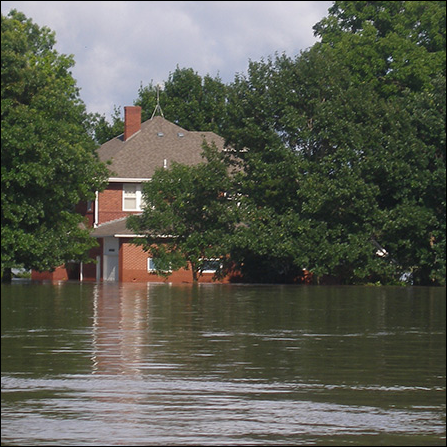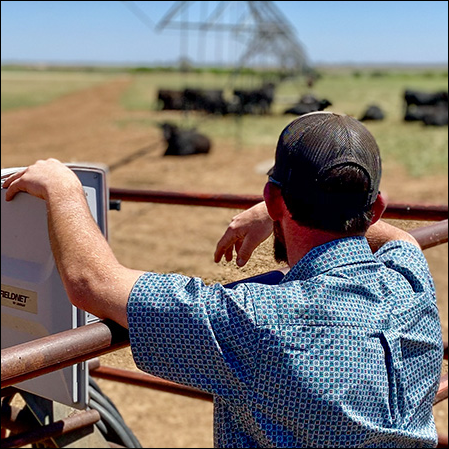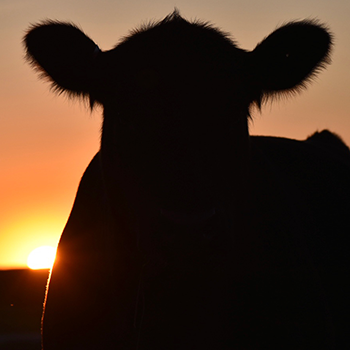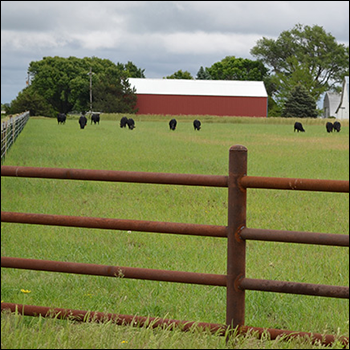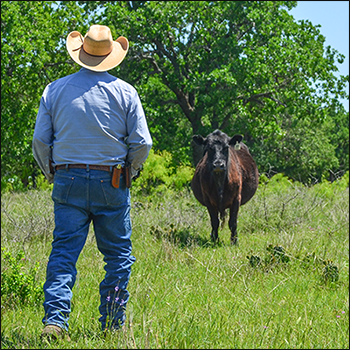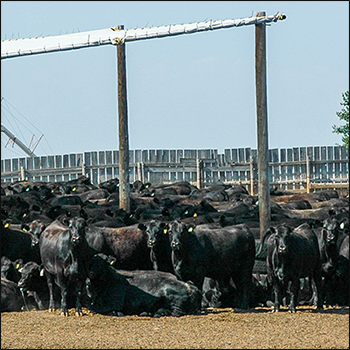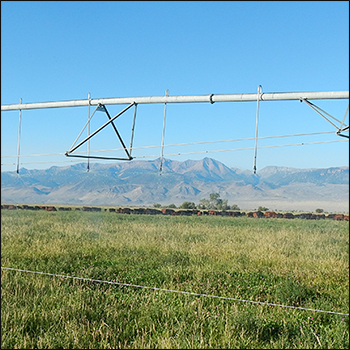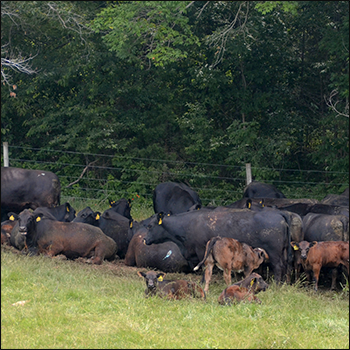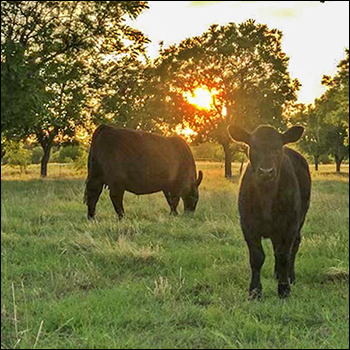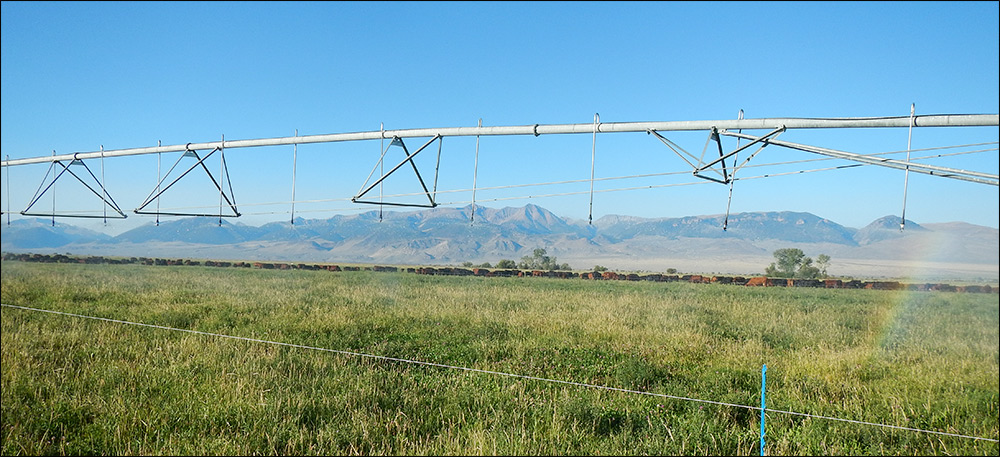
Haying vs. Grazing on Irrigated Acres
Considerations when deciding whether haying or grazing is most effective.
Grazing a field rather than haying can have advantages. Irrigated pasture can be more productive than the same ground used for haying, especially with rotational grazing and good management. Irrigated pasture has high production potential if water is put back on it right after it’s grazed. This accelerates regrowth.
In many situations, well-managed pasture under center pivots will meet or exceed hay production potential, and you don’t give up productivity by grazing instead of haying. You have more days of active growth. The forage stand usually grows up only once or twice for hay, but you can have multiple grazing periods with rotational grazing. Traditionally, farmers have contended irrigated land was worth too much as crop ground to use as pasture, but sometimes you can make as much or more per acre using it for beef production, depending on how you manage the pasture.
Bart Lardner, research scientist at the University of Saskatchewan, says the infrastructure (pivots, getting water to those areas) is costly, so most farmers feel they need to grow something more valuable than cattle. It is debatable, however, whether you can get more profit per acre under an irrigation system by grazing cattle on a highly productive stand of forage vs. a cash crop or alfalfa hay.
“With irrigation you can control the water and usually have adequate water for the crop or the pasture; whereas, on dry land on a drought year you just accept the lower production,” he says. “With irrigation you can have more consistent moisture. The real question is whether you can make more money growing a crop or growing pasture. What we usually see under irrigation is dairy-quality alfalfa that’s worth more than grass hay, rather than putting cattle on those irrigated pieces.”
Yet, in some situations, under intensive grazing systems on irrigated fields, there is potential to produce a lot of beef.
“We can grow some very high-producing forage mixtures, and if a person is willing to rotate cattle through and strip-graze those pieces, you can get a lot of production,” he says.
With intensive strip-grazing (grazing for a very short time and then moving on), you can give the forage enough recovery time to be grazed many times during the growing season. In this situation you can possibly grow more total forage — without any inputs for fertilizer or haying costs, or the risk of bad weather during harvest. If a farmer is counting on selling dairy-quality hay and it gets rained on at the wrong time, it is lower-value hay.
Weather is part of the gamble with haying and with grazing, especially when using forage stockpiled for fall and winter grazing. The biggest advantage might be for summer grazing, if you have irrigation to keep the forage growing optimally through the entire grazing season. There are many options. What works for one producer might not work for another, but we can weigh the possibilities, especially if we want to raise beef on a certain piece of ground instead of cropping it.
Some of the advantages of grazing rather than a cropping system include recycling soil nutrients and holding more carbon in the soil with perennial pastures, as well as improving soil health and fertility with grazing over time. It’s often better for the land and water systems to add fertility with cattle manure than with chemical fertilizers.
Editor’s note: Heather Smith Thomas is a cattlewoman and freelance writer from Salmon, Idaho. Photo by Dawn Gerrish.
